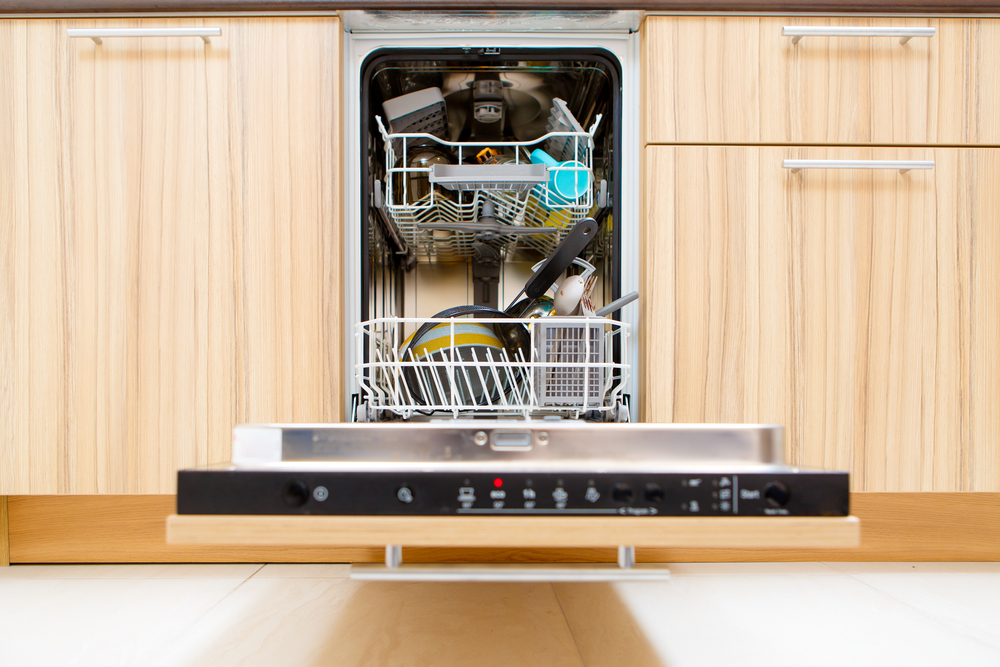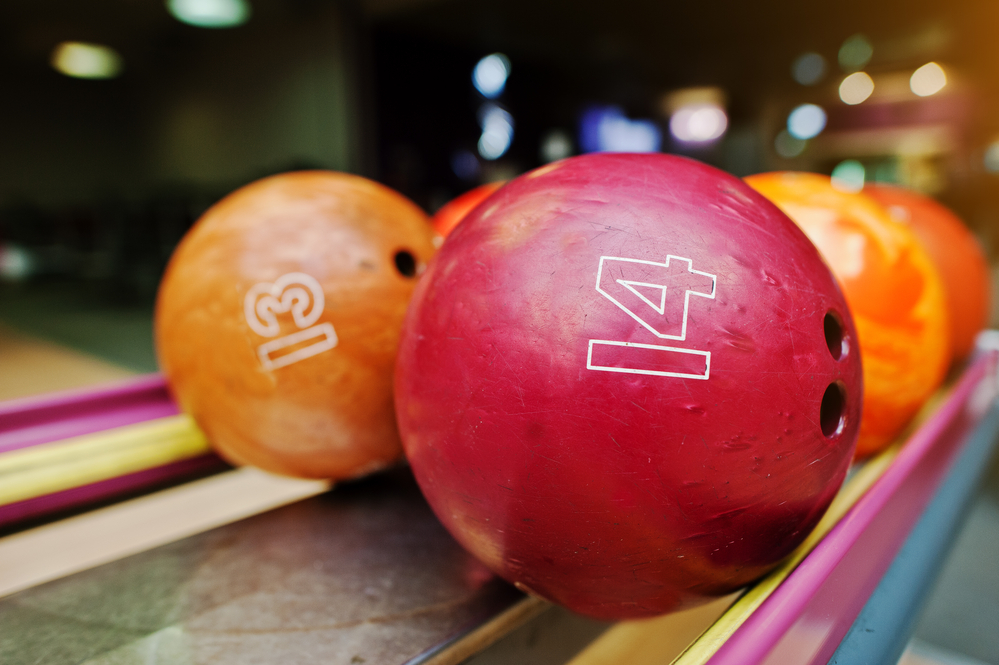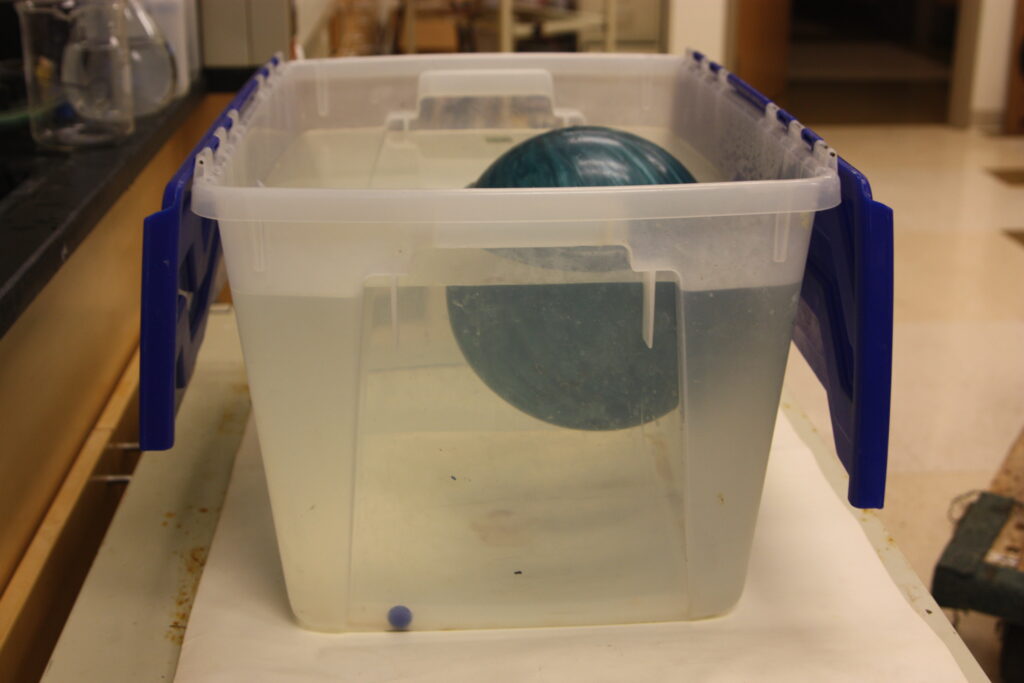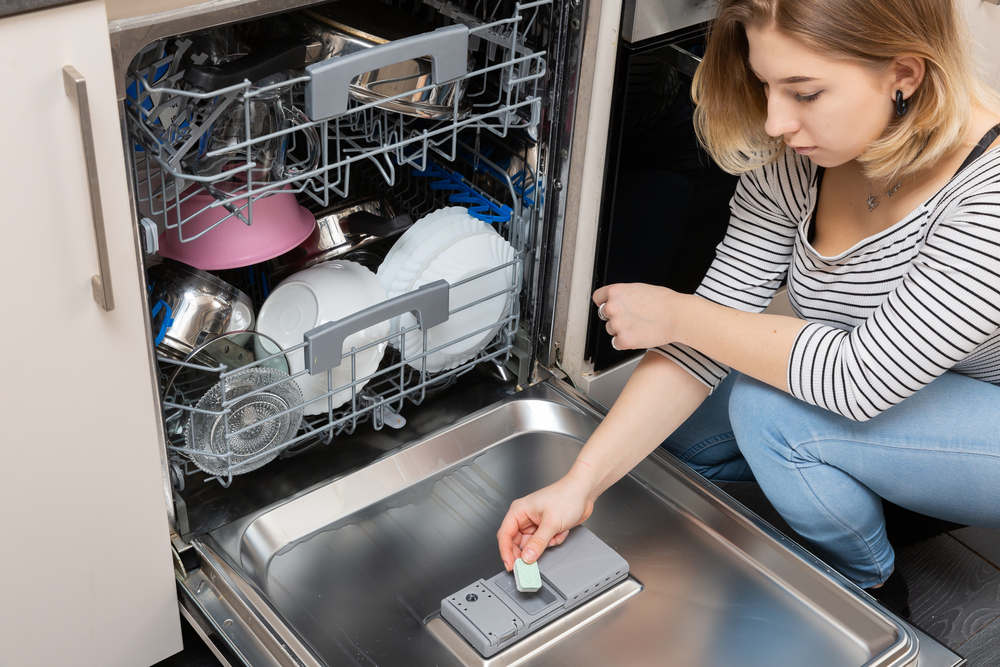
Bowlers have many questions when it comes to taking care of their bowling balls. Can I put my bowling ball in the dishwasher? How do I clean my bowling ball at home? What kind of polish should I use?
In this article, we'll discuss how to safely clean and sanitize your bowling ball using the dishwasher. We'll also provide some tips on how to keep your bowling ball in good condition for years to come.
So, whether you're a beginner or an experienced bowler, read on for answers to all of your questions about cleaning and caring for your bowling ball!
Contents
- 1 Can I Put My Bowling Ball in the Dishwasher?
- 2 How Do You De-Oil a Bowling Ball Using the Dishwasher?
- 3 Steps for Cleaning or De-oiling Your Bowling Ball in the Dishwasher
- 4 Can Water Damage a Bowling Ball?
- 5 What to Do With Balls That Get Powdered Detergent Stuck in the Finger Holes?
- 6 How Many Bowling Balls Can Go Into the Dishwasher at Once?
- 7 Why Might It Be a Bad Idea to Use the Dishwasher to Clean Bowling Balls?
- 8 How Do You Clean a Dishwasher After Washing a Bowling Ball in It?
- 9 What Is the Best Way to Clean a Bowling Ball?
- 10 What Happens if a Bowling Ball Gets Cold?
- 11 Frequently Asked Questions
Can I Put My Bowling Ball in the Dishwasher?
Yes, you can put your bowling ball in the dishwasher. However, you should avoid using a dishwasher to clean your bowling ball if it has any abrasive surface finishes, as this could damage the finish. Instead, use a soft cloth and some warm water and soap to clean your bowling ball.

Before you put the ball in the dishwasher, you need to understand that dishwashing detergent is a degreaser that is designed to break down oils and fats, and bowling balls are coated with a layer of Lane Master lane conditioner that contains mineral oil.
The detergent will strip away this coating, causing your ball to absorb more oil from the lane and making it harder to throw consistent strikes.
Additionally, the high temperatures in a dishwasher can damage the ball's core, changing its weight and impact on your game.
Key Takeaways
- Cleaning a bowling ball in the dishwasher can be effective but requires caution. Avoid high temperatures and harsh detergents, which can damage the ball's core and surface.
- To de-oil a bowling ball in the dishwasher, cover the holes with tape, use the bottom rack, and opt for a warm water cycle without detergent. Ensure the heat/dry cycle is off to prevent cracking.
- Water exposure beyond 30 minutes can damage a bowling ball, causing it to swell and distort. Dry off any wet ball quickly with a towel or low-heat hairdryer.
- For balls with powdered detergent in finger holes, run a rinse cycle or use high-pressure water to clean. To avoid damage, limit dishwasher loads to two to three balls.
- The best care for a bowling ball involves hand washing with warm water and mild soap. Alternative cleaning methods include disinfecting the ball with isopropyl alcohol without damaging it.
How Do You De-Oil a Bowling Ball Using the Dishwasher?
If your bowling ball is starting to feel slick, it may be time to give it a good cleaning. One way to do this is to de-oil the ball using the dishwasher.
This may seem like an odd method, but it can actually be quite effective.
Precautions
If your bowling ball is starting to feel slick and oily, it's probably time to give it a good cleaning. One easy way to do this is to run it through the dishwasher.
- Just be sure to remove any accessories, such as the finger inserts, and use the bottom rack.
- You’ll also want to use a mild detergent and avoid using the heated drying cycle. After a cycle in the dishwasher, your ball should be clean and ready for action.
- Don’t use too much heat because the max temp a bowling ball can tolerate is 140°F.
- Shut off all heating functions or special settings.
Steps for Cleaning or De-oiling Your Bowling Ball in the Dishwasher
Below are the steps:
- Using tape, cover the bowling ball holes.
- Place the ball in the bottom rack.
- Use warm water to remove the dirt and rinse the ball and regular washing cycle. Don’t use any detergent, and ensure that the heat/dry cycle is switched off to prevent cracking.
- Once done, allow the ball to cool in the dishwasher for one to two hours.
- Take the ball out and let it rest for about 24 hours before using it.

Can Water Damage a Bowling Ball?
Water can damage a bowling ball if it is soaked for more than 30 minutes. It can cause the ball to swell and distort its shape.
This will affect the performance of the ball and may even cause it to break. If you do get your ball wet, it is important to dry it off as soon as possible or within the first 20 minutes.
You can use a towel or a hairdryer on low heat to dry the ball. You should also avoid using any cleaning products on the ball, as these can also damage the surface. If you take good care of your ball, it should last for many years.
| Action | Do's | Don'ts |
|---|---|---|
| Cleaning in Dishwasher | Use the bottom rack, cover holes with tape, opt for a warm water cycle without detergent, and turn off the heat/dry cycle. | Avoid high temperatures, harsh detergents, and soaking the ball for more than 30 minutes. |
| De-Oiling | Place on bottom rack, use mild detergent if necessary, ensure no heated drying. | Do not use the dishwasher if the ball has abrasive surfaces. |
| Drying After Washing | Allow to cool in the dishwasher for 1-2 hours, then rest for about 24 hours before use. | Avoid direct high heat or leaving the ball wet for extended periods. |
| General Maintenance | Hand wash with warm water and mild soap, use isopropyl alcohol for disinfection. | Don't use powdered detergents in the dishwasher or soak in water beyond recommended times. |
| Special Considerations | For powdered detergent stuck in finger holes, run a rinse cycle or use high-pressure water. Limit dishwasher loads to 2-3 balls. | Avoid letting your bowling ball get cold, as it affects performance. |
What to Do With Balls That Get Powdered Detergent Stuck in the Finger Holes?
Anyone who's been bowling knows that one of the key elements to a good game is a clean ball. That's why it's important to remove any dirt or residue before each turn.
However, sometimes powder detergent can get stuck in the finger holes, making it difficult to grip the ball properly.
If this happens, there are a few things you can do.
- First, try putting the ball back through on a rinse cycle.
- If that doesn’t work, you can try using a hose with high-pressure water to remove the detergent.
How Many Bowling Balls Can Go Into the Dishwasher at Once?
While most people think of bowling balls as being relatively clean, they can actually become quite dirty over time. This is especially true if you bowl on a lane that isn't properly maintained.
As a result, it's important to clean your bowling ball on a regular basis. However, you need to be careful about how many balls you wash at one time.
Two to three balls are usually the maximum that you want to put in the dishwasher at once. Otherwise, you run the risk of damaging the balls or not getting them clean enough.
Why Might It Be a Bad Idea to Use the Dishwasher to Clean Bowling Balls?
While the dishwasher may be a convenient way to clean bowling balls, there are several reasons why it is not the best choice.
- First, the high temperatures in the dishwasher can cause the balls to warp.
- Second, the harsh detergents can damage the balls’ protective coating.
- The vigorous washing action can cause the balls to become misshapen. For these reasons, it is best to clean bowling balls by hand using warm water and mild soap.
- Oils on the balls are toxic and can contaminate the dishwasher.
- The dishwasher can dull the shine of the ball. If you must clean your ball in the dishwasher, use a mild detergent and the lowest setting possible.

How Do You Clean a Dishwasher After Washing a Bowling Ball in It?
You'd be surprised how often this question comes up!
Whether you're a professional bowler or an amateur, at some point, you're going to need to clean your dishwasher after washing a bowling ball in it. The good news is that it's not difficult to do; all you need is some regular dishwasher soap and a few minutes of your time.
- First, make sure that the dishwasher is empty.
- Next, fill the dishwasher with hot water and add a generous amount of dishwasher soap. Then, run the dishwasher on its regular cycle.
- Once it's finished, reset the heat and drying settings as desired. And that's it!
What Is the Best Way to Clean a Bowling Ball?
If you take your bowling seriously, then you know that having a clean ball is essential to achieving the best results.
A dirty ball can cause it to hook prematurely, making it more difficult to control. Moreover, foul-smelling balls are simply unpleasant to use. So how do you keep your ball clean and smelling fresh other than using a dishwasher?
One option is to simply wash your ball with rubbing alcohol after each use.
The better option is to purchase a professional-level ball oven like Salmon Creek NuBall.
This device warms a bowling ball to a precise temperature so the ball is not in danger. This helps to kill bacteria and eliminate odors. It also helps to bring oil to the surface of the ball and remove dirt build-up, giving your ball a deep clean.
What Happens if a Bowling Ball Gets Cold?
If you've ever stepped out of a warm room into a cold one, you know that objects can feel different temperatures. This is because heat energy is always moving from warmer objects to cooler ones.
In the case of a bowling ball, if it gets cold, the heat energy will move from the ball into the surrounding air. As the heat energy moves out of the ball, the molecules inside it will slow down and get closer together. This makes the ball harder and hook less than it would be at room temperature.
Frequently Asked Questions
Can I Clean My Bowling Ball With Soap and Water?
Yes, you can clean your bowling ball with soap and water, but you should only use mild soap; harsh detergents can damage the ball's surface. Second, be sure to rinse the ball thoroughly; soap residue can affect your grip and make the ball less effective. Finally, it's important to dry the ball completely before using it again; otherwise, the water will cause the ball to become sticky and difficult to handle.
How Do You Disinfect a Bowling Ball?
Isopropyl alcohol, also known as rubbing alcohol, is a solution that can be used to disinfect a bowling ball. When mixed with water, it forms a solution that is effective at killing bacteria and viruses. Isopropyl alcohol is safe to use on most surfaces, and it evaporates quickly, making it ideal for use on a bowling ball.
Does Rubbing Alcohol Damage Bowling Balls?
Rubbing alcohol will not damage the ball. While it's true that rubbing alcohol is an effective disinfectant, it needs to be mixed in equal parts with water before it can be used on a bowling ball. Otherwise, it will dry out the ball's cover and cause the ball to crack or break down over time.
Related Articles
Maintaining the condition of your bowling ball with proper cleaning practices is crucial for many bowlers who aim to keep their game on point. While dishwashing offers an unconventional yet effective method for removing oil, avoiding soaking the ball for extended periods and forgoing harsh detergents to prevent damage is vital. For other balls, a simple wipe down with a mild solution or baking soda can suffice for routine maintenance.
Remember, whether you're plugging the holes to prevent water entry or giving it a tap to ensure it's dry, these steps ensure your ball remains in satisfactory condition and ready for your next shot down the lane.
Kira Byrd, a Certified Fraud Examiner, holds a B.S. in Accounting from the University of Alabama at Birmingham. With a passion for bowling from her childhood, Kira has poured her expertise and personal experiences into creating and nurturing Bowling For Beginners. Kira's mission is to meet new bowlers where they are and guide them toward consistently achieving higher scores. With a focus on skill development and strategic techniques, she empowers readers to take control of their game and unlock their true potential.
Bowling For Beginners embodies strict editorial integrity, ensuring reliable and unbiased information. Kira's commitment to delivering valuable insights and practical strategies is reflected in every article. Here's an explanation of our editorial policy and how we get money.






